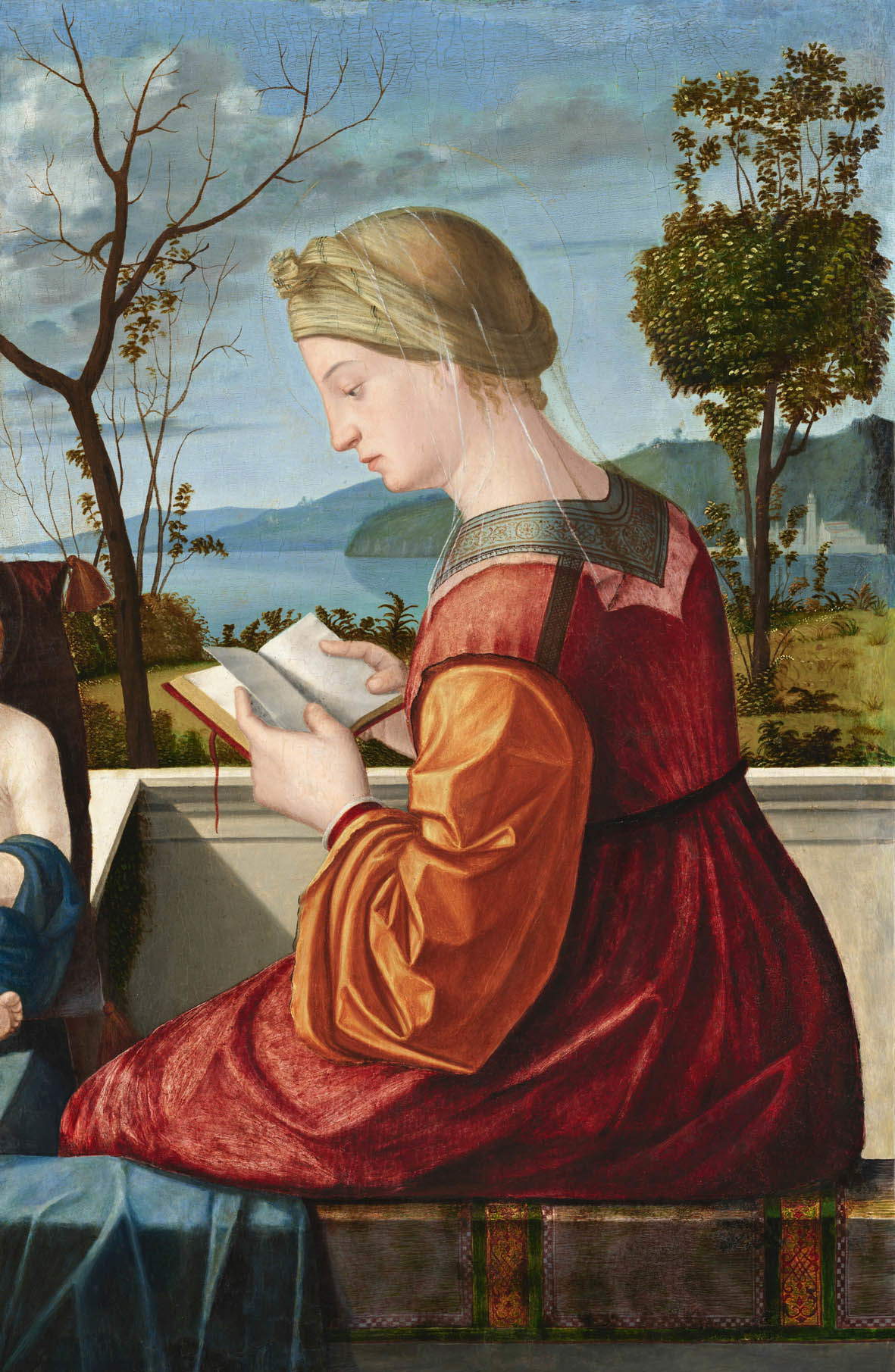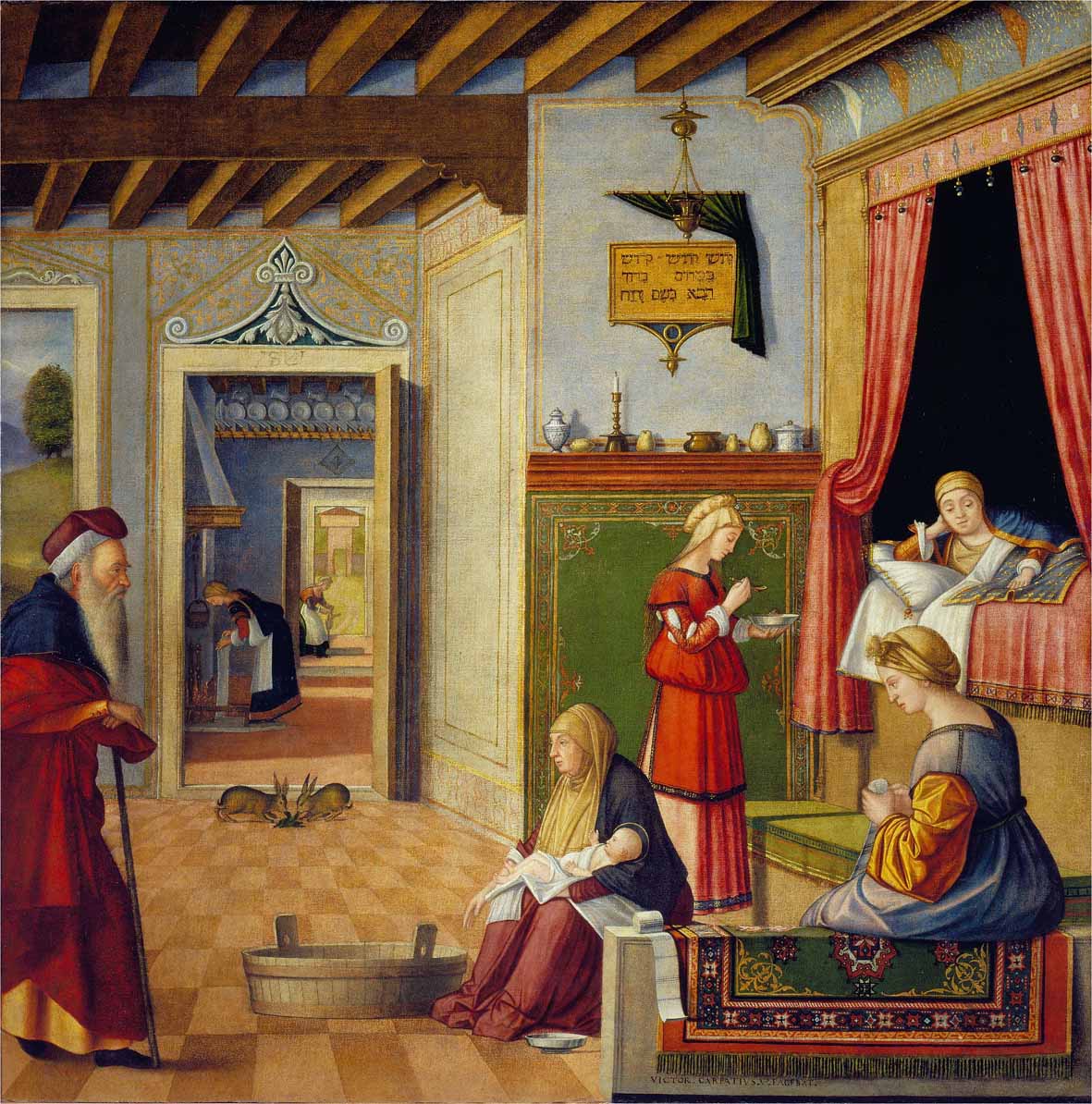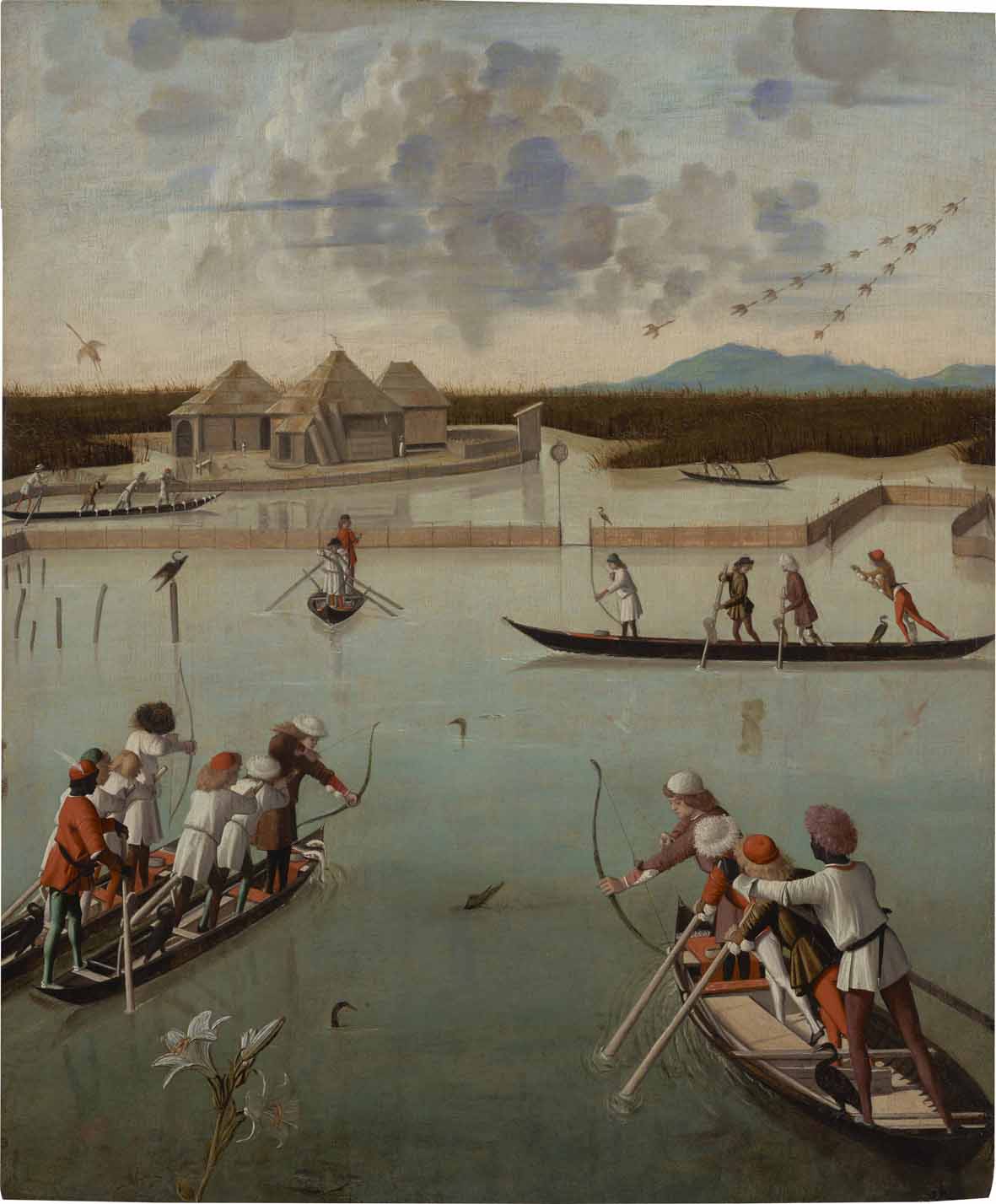From March 18 to June 18, theDoge’s Apartment in the Doge’s Palace in Venice will hold a major retrospective on Vittore Carpaccio (Venice, c. 1460/1466 - Koper, c. 1525/1526). Entitled Vittore Carpaccio. Paintings and Drawings, the exhibition was made possible through a collaboration between the Musei Civici Veneziani and the National Gallery in Washington, DC: curated by Peter Humfrey, a recognized specialist on the painter and his context, with Andrea Bellieni, curator of the Venice Civic Museums, and Gretchen Hirschauer, curator of Italian and Spanish painting at the National Gallery of Art in Washington, the exhibition relies on loans from museums, churches, institutes and private collections, from Europe and the United States, making it possible to bring back to Venice works that had been far from the lagoon for centuries; some sent by the artist himself to the ancient territories once linked to the Serenissima, such as Istria and Dalmatia, and never returned until now. They are essential in order now to be able to offer in the rooms of the Doge’s Apartment an itinerary that documents in the most objective and complete way the evolution of Carpaccio’s art.
On display will be forty-five paintings of religious, secular or genre themes (among them some of large dimensions), which highlight the artist’s great imaginative, narrative and descriptive gifts, as well as his skillful painting technique. Together, a large nucleus of drawings demonstrates his special ability to “study” reality in minute detail, revealing his peculiar interests in nature, perspective, the customs of his time, and the effects of light.
The exhibition also aims to offer a unique opportunity to admire finally reunited, the two parts of an already accomplished and unified scene, separated in unknown circumstances towards the end of the 18th century: the Two Ladies of the Correr Museum, owned in Venice by Teodoro Correr, are reunited with the Hunting in the Lagoon, formerly in Rome in the collection of Napoleon’s cardinal uncle and now in the Getty Museum in Los Angeles; thus the disturbing scene with the two very elegant Venetian noblewomen boredly awaiting the return of their husbands from hunting in the lagoon with bows and “ballotte”; a psychological “story” told by Carpaccio with subtle sensitivity and sublime imaginative fascination (the great English historian John Ruskin at the end of the 19th century was literally subjugated by it), painted on what was almost certainly originally a folding door leaf placed between two rooms of a refined, very private Venetian interior.

 Vittore
Vittore Vittore
Vittore
The previous monographic exhibition dedicated to the Venetian master dates back to 1963. “With this magnificent exhibition, which comes at the conclusion of discoveries and new attributions, as well as extraordinarily revealing restorations,” says Andrea Bellieni, “we are now able to offer the public and scholars an updated historical-critical rereading of Carpaccio’s painting and its evolution, from its beginnings and up to the late works, usually belittled by critics.”
“Vittore Carpaccio’s painting celebrates,” emphasizes Fondazione Musei Civici Venezia President Mariacristina Gribaudi, “the grandeur and splendor of Venice at the turn of the 15th century, when the lagoon city dominated a vast maritime empire and flourished as a center of international trade and culture. The artist’s narrative paintings (especially the famous cycles created for various religious confraternities) transport sacred stories into real life, placing them in fantastic settings, albeit enriched with endless contemporary details and references. Inspired by the environment and society of his extraordinary city, Carpaccio combines careful observation of the urban scene with his particular transport for the poetic and the fantastic.”
“With these essential objectives in mind, the proven collaboration of Fondazione Musei Civici di Venezia and the National Gallery of Washington, with the scientific curation of Peter Humfrey,” adds Chiara Squarcina, director of museum activities, “gave birth to the project of the exhibition in the two venues of Washington and Venice, based on a targeted selection of the artist’s most representative works. The intent is to trace, in both thematic and chronological terms, the rigorous development of Carpaccio’s painting from an updated perspective. In this, the exhibition also benefits from a substantial nucleus of autograph drawings by the painter, author of the largest surviving corpus of early Renaissance ’study’ drawings.”
 |
| A major exhibition on Carpaccio in Venice, with international loans |
Warning: the translation into English of the original Italian article was created using automatic tools. We undertake to review all articles, but we do not guarantee the total absence of inaccuracies in the translation due to the program. You can find the original by clicking on the ITA button. If you find any mistake,please contact us.